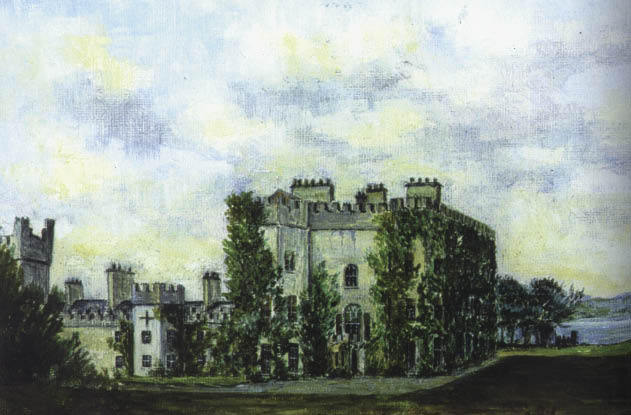In this splendid, monumental slab of a book, Desmond Fitzgerald, the 29th Knight of Glin, has made the chronicle of his family epitomise the whole turbulent history of Ireland since the arrival of the Normans. The survey includes chapters by academic genealogists and other historians, with less formal contributions from the Knight himself and his wife, Madam Olda Fitzgerald. The illustrations are comprehensive: ancient maps and land- scapes and portraits ancient and modern. There are a characteristically misty watercolour by Louis le Brocquy and photographs of architectural embellishments, fine furniture and paradisal gardens.
The Knights of Glin, like some other Irish aristocrats, have had to do some fancy footwork to retain their heritage in accordance with the realpolitik of their times. By a squeeze of the imagination, it may be possible to regard their switch from Catholicism to Protestantism in deference to the English crown as a sort of serial ecumenicism. After all, Christianity is Christianity. Chameleonic adjustments enabled the family to live in harmony with the Anglo-Irish Ascendancy and yet placate nationalists. Even so, the Glin estates have diminished from a maximum of 33,000 acres to 400 today. The best bit, beside the village of Glin, on the southern shore of the Shannon estuary, contains the 18th- century Glin Castle.
High aesthetics learned at Stowe, the University of British Columbia and Harvard and as a curator of the Victoria & Albert Museum and Christie’s representative in Ireland have enabled the celebrated connoisseur greatly to enhance the stylishness of the castle. He converted the main part into a sumptuous hotel, which perhaps consoled him, at the age of 72, for the fact that the 29th Knight of Glin, with three daughters but no son, is the last one.






Comments